The home aquarium hobby brings the tranquil beauty of underwater ecosystems into our living spaces, with few fish capturing the hearts of beginners and experienced aquarists alike quite like Neon Tetras and Guppies. These small, vibrant swimmers have become staples in freshwater tanks worldwide, beloved for their dazzling colors, peaceful temperaments, and relatively simple care requirements. Whether you’re setting up your first tank or looking to add some lively color to an established aquarium, these two species offer a perfect blend of visual appeal and compatibility. Their popularity spans decades, with generations of fish enthusiasts finding joy in their shimmering scales and graceful movements. Let’s dive into the fascinating world of these aquatic jewels, exploring their origins, care needs, and why they’ve earned their place as some of the most cherished aquarium inhabitants.
The Origin and Natural Habitat of Neon Tetras
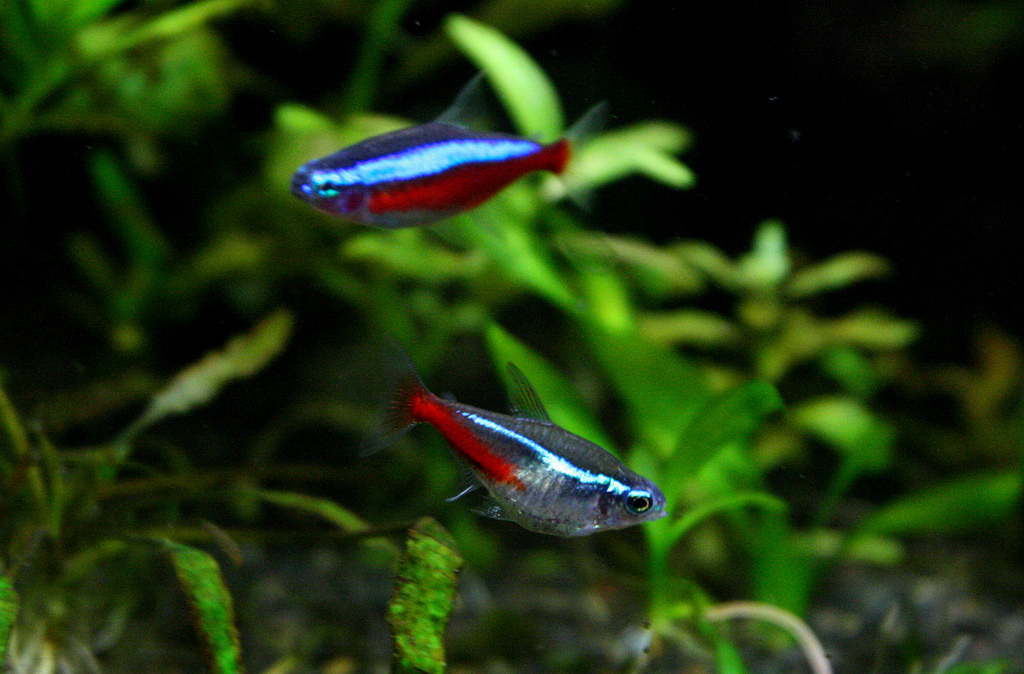
Neon Tetras (Paracheirodon innesi) originate from the blackwater streams and tributaries of the Amazon Basin in South America, primarily in areas of Peru, Colombia, and Brazil. These calm, tannin-rich waters are typically shaded by dense rainforest canopy, creating naturally dim conditions with soft, acidic water.
The leaf litter and vegetation that accumulate on the forest floor release tannins into the water, giving it a tea-like appearance while lowering the pH. This specific environment explains why Neon Tetras thrive best in tanks with subdued lighting, slightly acidic water conditions (pH 6.0-7.0), and temperatures between 72-78°F (22-26°C). Understanding their natural habitat helps aquarists recreate conditions that allow these delicate fish to display their most vibrant colors and natural behaviors.
The Striking Appearance of Neon Tetras
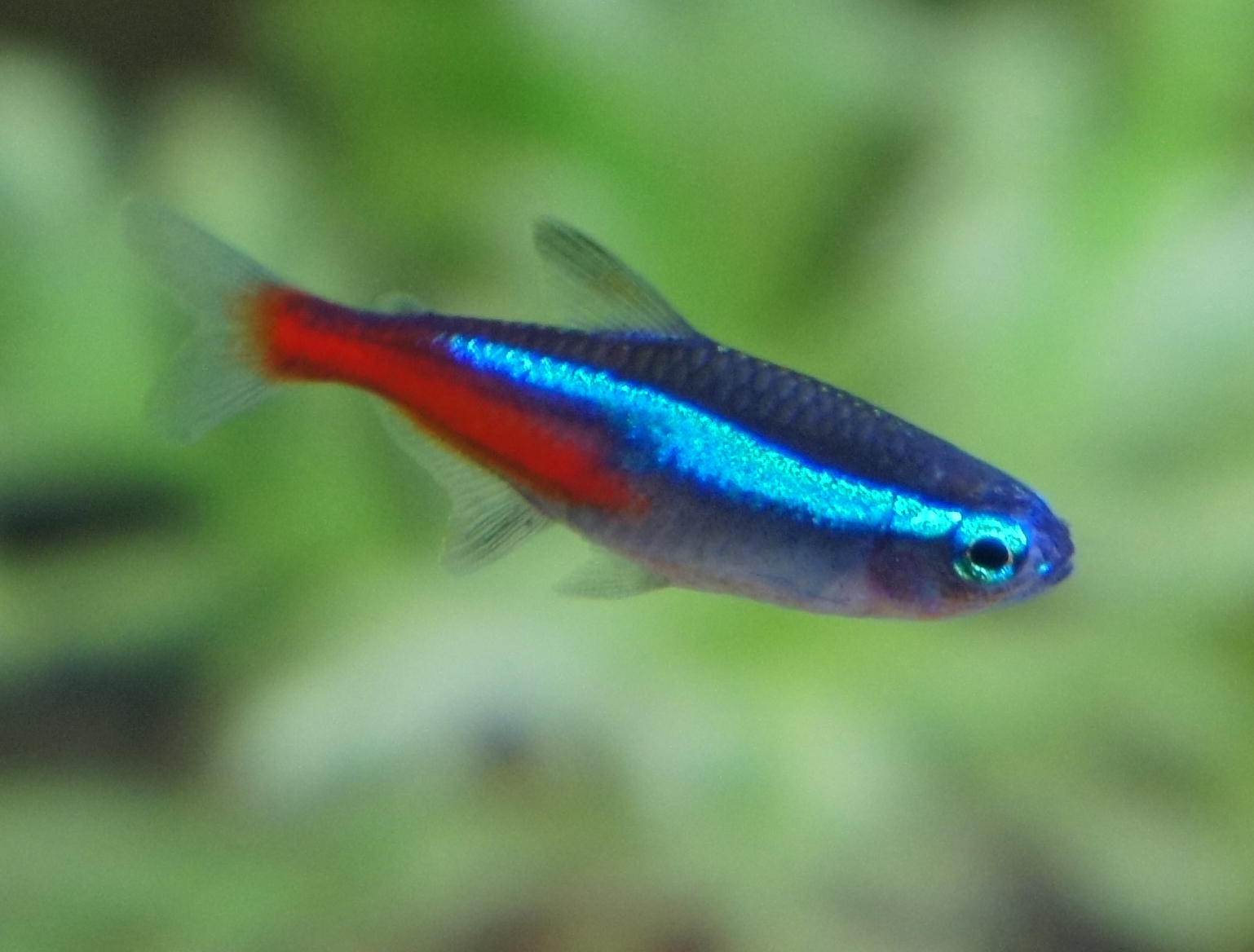
The Neon Tetra’s remarkable coloration makes it instantly recognizable even to those unfamiliar with aquarium fish. These small swimmers, typically reaching only 1.5 inches in length, boast a translucent silver body highlighted by an electric blue horizontal stripe that runs from the nose to the adipose fin. Below this blue streak runs an equally vivid red stripe, extending from mid-body to the tail, creating a stunning neon effect that seems to glow under aquarium lights.
Their eyes often have a reddish hue, complementing their body coloration perfectly. This distinctive pattern serves as both decoration for our aquariums and a practical feature in the wild, helping school members stay together in dark waters and confusing predators about which direction the fish is swimming. The intensity of their coloration is often an excellent indicator of their health, with vibrant, clearly defined stripes suggesting optimal conditions and proper care.
Guppies: The Million Fish from Trinidad and Beyond
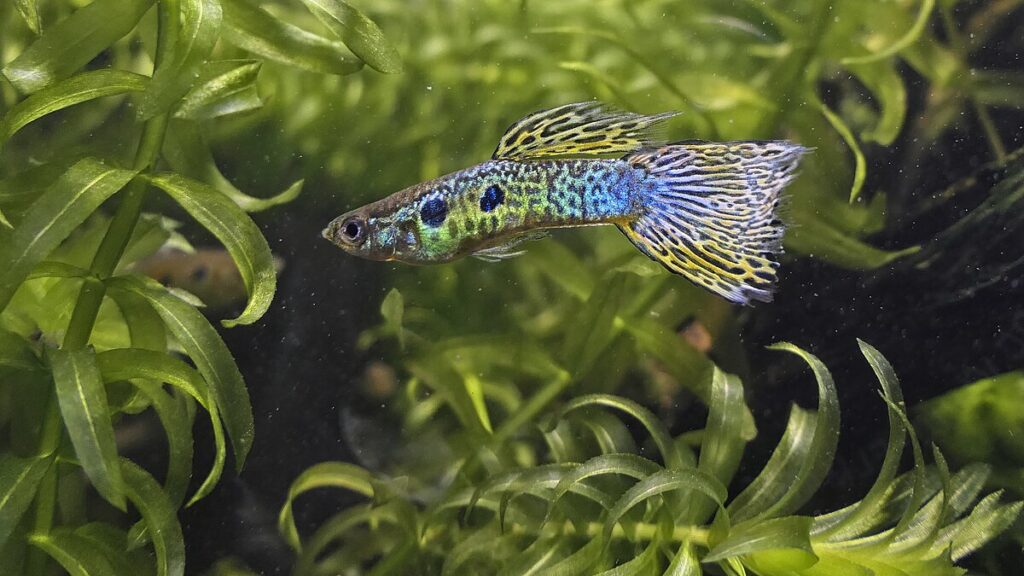
Guppies (Poecilia reticulata), often nicknamed “million fish” due to their remarkable reproductive rate, naturally inhabit freshwater streams and pools across Trinidad, Venezuela, Barbados, and parts of Brazil. Unlike the specific requirements of Neon Tetras, guppies have adapted to thrive in a wide range of conditions, from pristine streams to brackish estuaries and even drainage ditches, demonstrating their incredible adaptability.
This natural hardiness explains their popularity as beginner fish and their unfortunate status as invasive species in many parts of the world where they’ve been released. In their native habitats, guppies typically live in warm waters ranging from 72-82°F (22-28°C) with varying levels of hardness and pH, though they generally prefer slightly alkaline conditions. Their resilience in diverse environments has contributed significantly to their widespread distribution and popularity in the aquarium trade.
The Kaleidoscope of Guppy Colors and Patterns
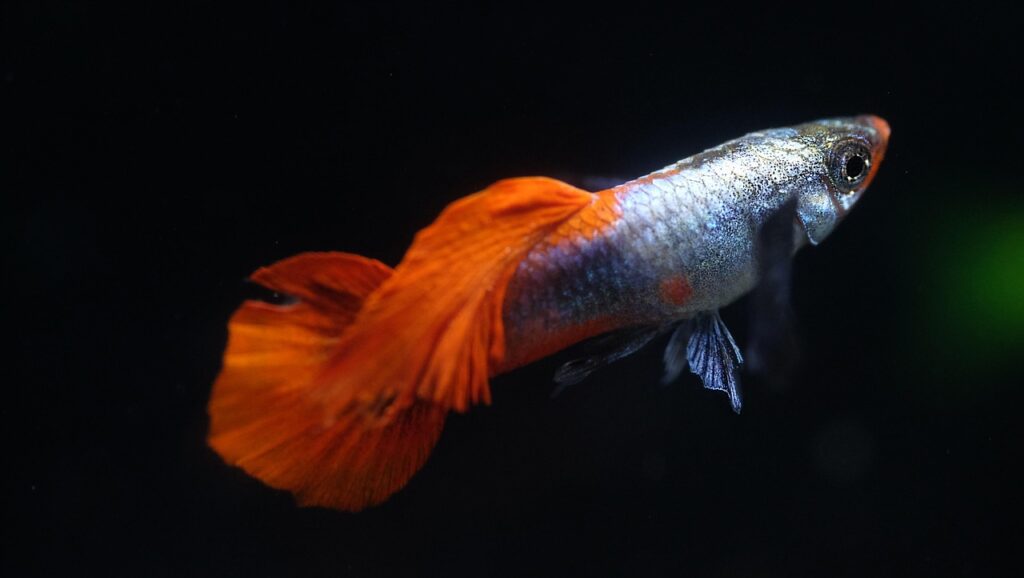
Guppies are celebrated for their incredible variety of colors and patterns, earning them the nickname “rainbow fish” in some circles. Unlike Neon Tetras, which maintain a consistent appearance across specimens, guppies display remarkable diversity through decades of selective breeding. Males, typically smaller at 1-1.5 inches but more colorful than females, can exhibit vibrant tails and bodies in virtually every color imaginable—blues, reds, yellows, greens, purples, and combinations thereof.
Their fins may be spotted, striped, or display mosaic-like patterns with names like cobra, snakeskin, tuxedo, and grass. Females, while usually less dramatically colored and larger at 2-2.5 inches, can also display beautiful subtle hues and patterns. This extraordinary variety means no two guppy tanks look quite the same, allowing aquarists to create living art through careful selection and breeding of these living jewels.
Schooling Behavior of Neon Tetras

Neon Tetras are quintessential schooling fish, displaying their most natural and stunning behaviors when kept in groups of at least six, though larger schools of 10-15 or more create truly spectacular displays. This schooling instinct is not merely aesthetic but deeply ingrained as a survival mechanism from their native Amazon waters, where moving in coordinated groups reduces individual predation risk.
In properly sized schools, Neon Tetras exhibit synchronized swimming patterns, moving together in flowing formations that create living art within the aquarium. Interestingly, their signature blue and red stripes serve as visual cues to maintain school cohesion in the wild, especially in darker waters. Aquarists often notice that inadequate school sizes lead to stress behaviors, including hiding, decreased activity, and dulled coloration, emphasizing the importance of honoring their social nature for both their well-being and visual impact.
The Social Dynamics of Guppy Communities
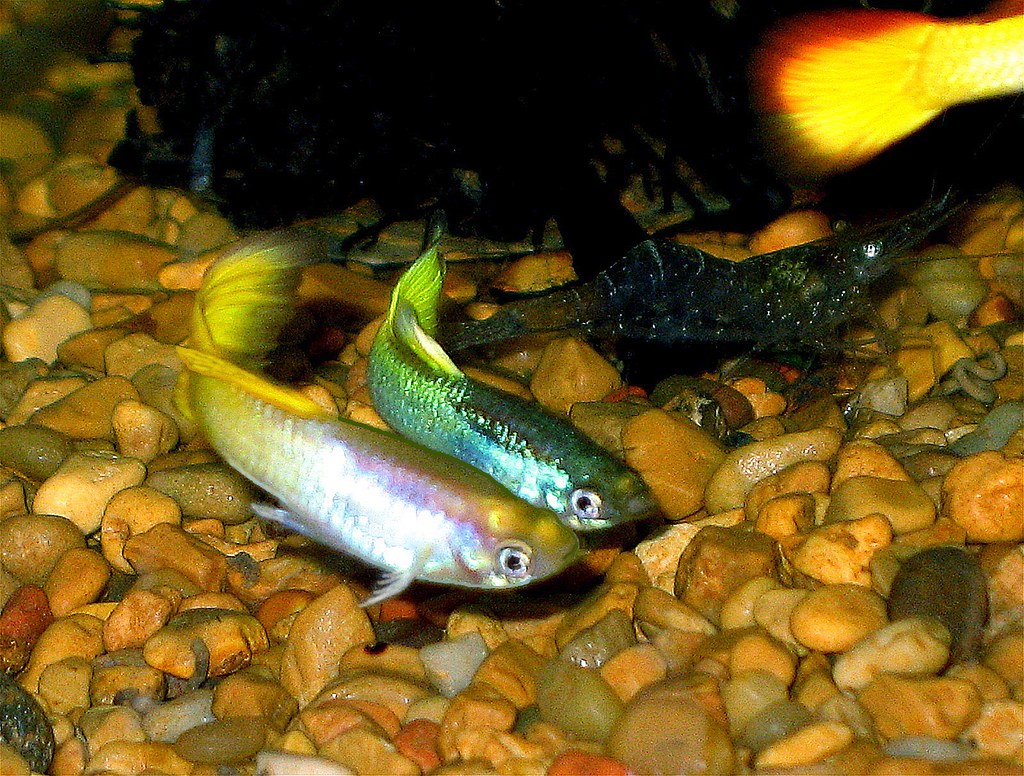
Unlike the tight schooling behavior of Neon Tetras, guppies exhibit a more complex social structure centered around loose shoaling and male hierarchies. While they don’t form the synchronized swimming patterns of true schooling fish, guppies do prefer company and display their most confident behaviors when kept in groups, ideally with a ratio of two or three females to each male.
This ratio recommendation stems from male guppies’ persistent courtship behaviors, which can stress females if too many males are present. Within guppy communities, males establish loose dominance hierarchies, with more colorful or larger males often claiming prime territory and first access to females.
Their social interactions include elaborate courtship displays where males fan out their ornate tails and perform a distinctive dance-like swimming pattern often described as “sigmoid display.” These social dynamics create an ever-changing tableau of interactions that make guppy tanks particularly engaging to observe.
Tank Requirements for Neon Tetras
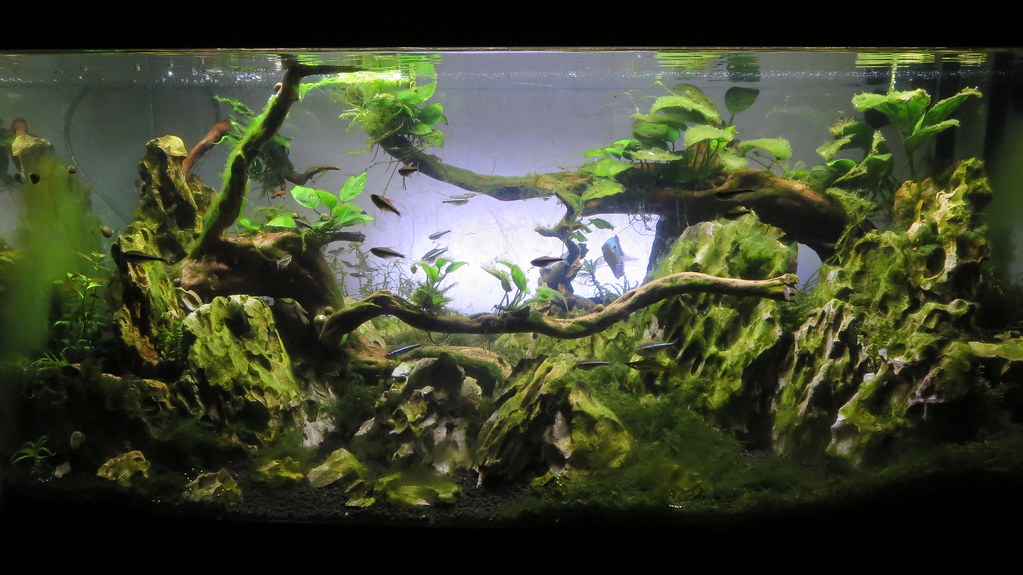
Creating an ideal environment for Neon Tetras begins with tank size—despite their small stature, they need adequate swimming space, with a 10-gallon tank considered the minimum for a small school of 6-8 specimens. Water parameters should mirror their Amazonian origins: temperature between 72-78°F (22-26°C), slightly acidic to neutral pH (6.0-7.0), and soft to medium hardness.
Filtration should provide gentle flow, as Neon Tetras prefer calm waters and may struggle against strong currents. Aquascaping that includes plenty of live plants, particularly those with broad leaves like Amazon swords or Anubias, provides necessary hiding spots and simulates their natural habitat.
A darker substrate such as black sand or soil enhances their colors dramatically through contrast and promotes more confident behavior. Lighting should be moderate rather than intense, with areas of shade created by floating plants or taller vegetation, replicating the dappled light of their forest-stream homes.
Setting Up the Perfect Guppy Aquarium

Guppies thrive in tanks that balance open swimming areas with plenty of vegetation, requiring a minimum 10-gallon setup for a small group, though larger tanks provide greater stability and display opportunities. Unlike Neon Tetras, guppies prefer slightly alkaline water conditions with pH between 7.0-8.0 and moderate hardness, along with temperatures of 74-82°F (23-28°C).
Filtration should provide good circulation without creating powerful currents that might exhaust these constant swimmers. Planting choices should include a mix of taller background plants like Vallisneria or Hygrophila and mid-ground plants such as Cryptocoryne, creating layers of vegetation that offer hiding places for females and fry while showcasing the males’ colorful displays.
Many successful guppy keepers incorporate floating plants like water lettuce or frogbit, which provide both shelter and help moderate light intensity. Substrate choices are flexible, though lighter colors often better highlight the guppies’ vibrant coloration compared to the dark substrates preferred for Neon Tetras.
Feeding and Nutrition for Healthy Neon Tetras
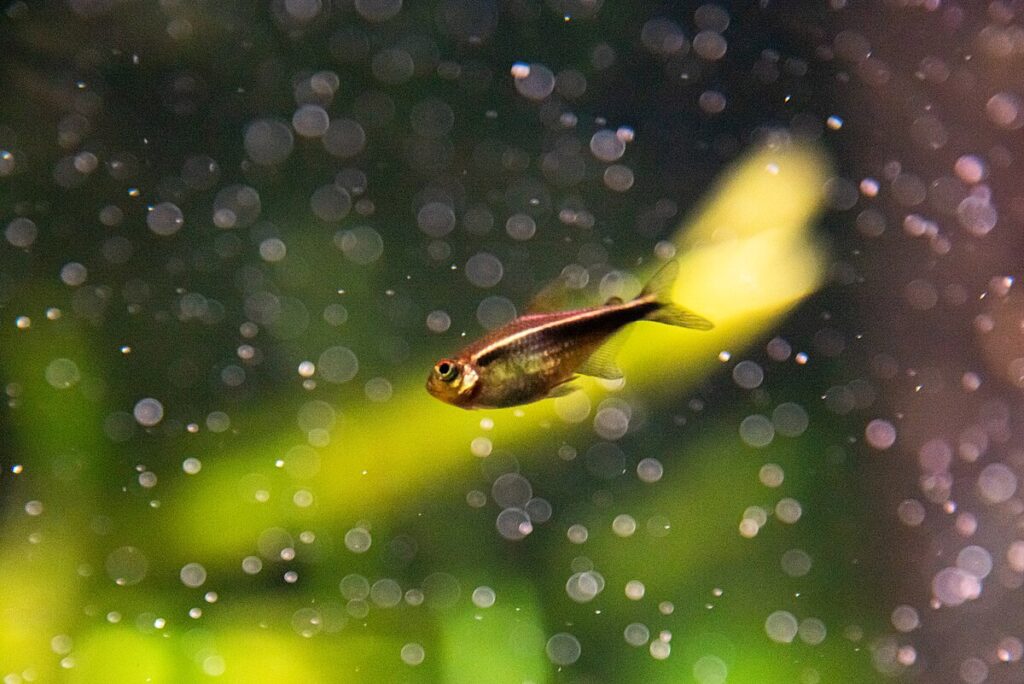
Neon Tetras are omnivorous feeders with relatively small mouths, requiring appropriately sized food particles for optimal nutrition. A high-quality micro flake or crushed flake food formulated for tropical fish forms an excellent dietary foundation, ideally supplemented with frozen or live foods several times weekly.
Enriching their diet with baby brine shrimp, daphnia, cyclops, or micro worms provides essential proteins and stimulates natural feeding behaviors. Plant matter should not be overlooked, with blanched vegetables like zucchini or spinach occasionally offered, though many Neon Tetras show limited interest in purely vegetable foods.
Feeding should occur in small amounts 1-2 times daily, with only what can be consumed within 2-3 minutes to prevent water quality issues. Interestingly, Neon Tetras often feed at middle to upper water levels, so using feeding rings can help concentrate food in accessible areas while preventing excessive waste.
Dietary Needs and Feeding Practices for Guppies
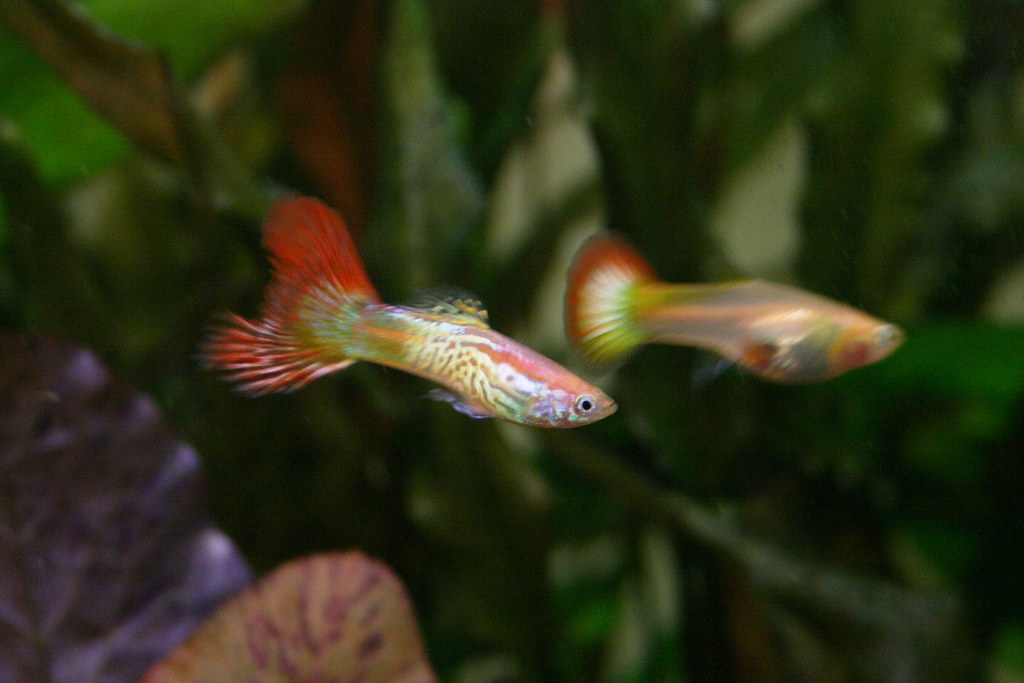
Guppies possess hearty appetites and thrive on a diverse diet that balances animal and plant matter, making them somewhat easier to feed than more specialized species. Their omnivorous nature allows them to accept a wide range of commercially prepared foods, with high-quality flakes or small pellets forming the staple diet, ideally including those with added spirulina or other plant content.
To maintain optimal health and coloration, guppies benefit substantially from regular offerings of live or frozen foods such as brine shrimp, bloodworms, daphnia, and mosquito larvae, which provide essential proteins and simulate natural feeding behaviors. Unlike some tetras, guppies readily accept and benefit from plant matter, with blanched vegetables like spinach, zucchini, and peas helping provide necessary fiber and preventing digestive issues.
Feeding should occur 2-3 times daily in small amounts, as guppies have small stomachs but constant metabolism, with special attention paid to avoiding overfeeding, which can lead to obesity and poor water quality.
The Breeding Behavior of Neon Tetras
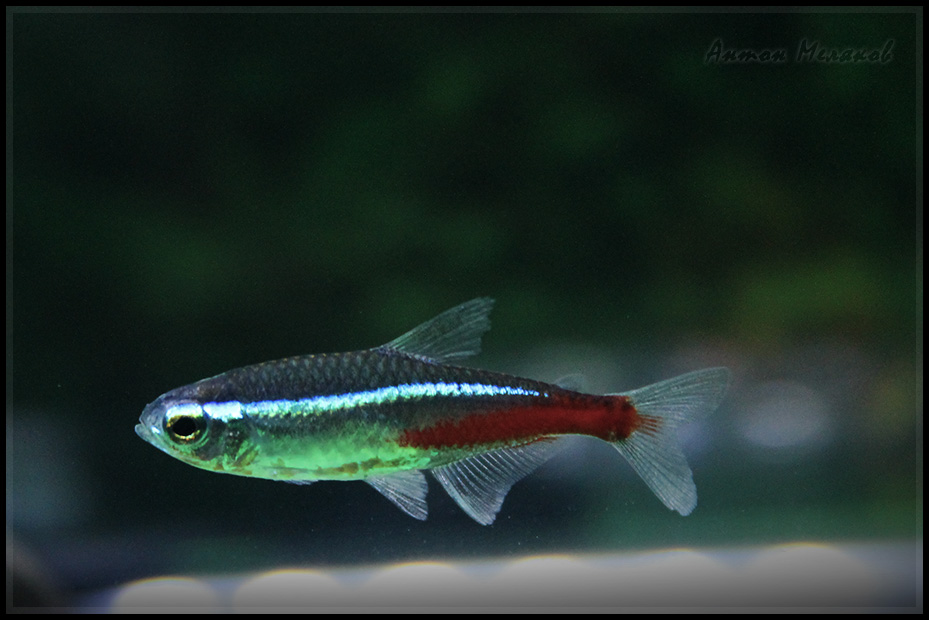
Breeding Neon Tetras presents a rewarding challenge for intermediate aquarists, requiring specific water conditions and careful observation. Unlike guppies, Neon Tetras are egg-scatterers that require very soft, acidic water (pH 5.0-6.0) and dimmed lighting to trigger spawning.
The breeding process typically begins at dawn when males pursue females in a distinctive dance, followed by the female releasing 60-130 transparent eggs which the male then fertilizes. These eggs are not guarded by the parents and are highly sensitive to light, requiring heavy plant cover or spawning mops for protection, along with the removal of adult fish who will consume the eggs without hesitation.
The eggs hatch within 24-36 hours, producing nearly microscopic fry that initially feed on infusoria and other microorganisms before graduating to newly hatched brine shrimp after about a week. Successful rearing requires meticulous water quality management and frequent small feedings, making Neon Tetra breeding a true accomplishment for dedicated hobbyists.
Guppies: Nature’s Prolific Breeders
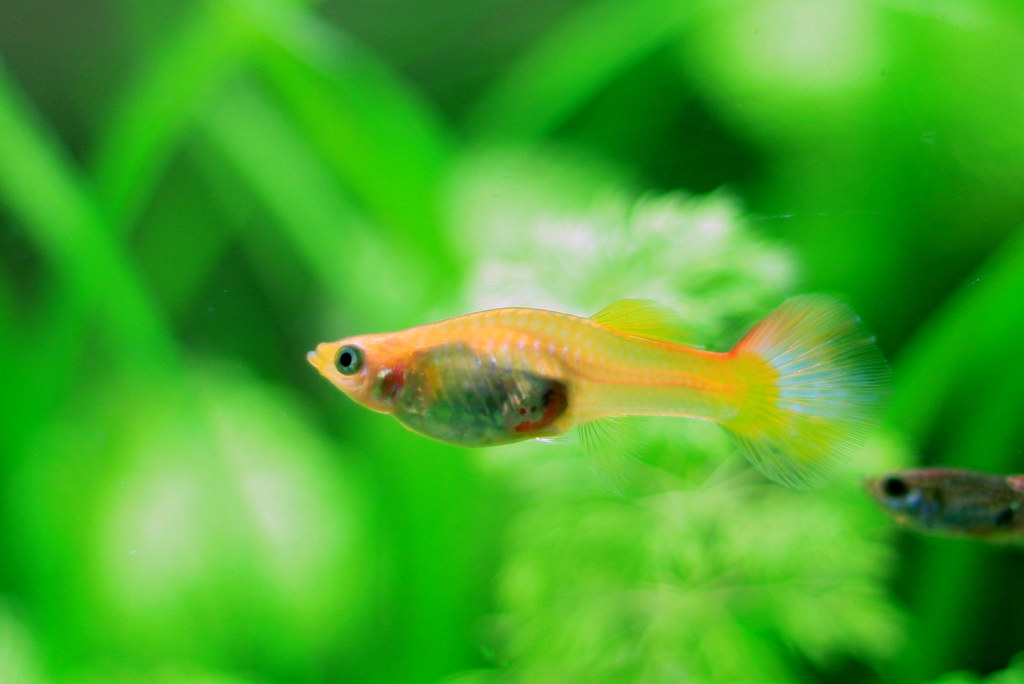
Guppies have earned their “million fish” nickname through their remarkable reproductive capabilities, standing in stark contrast to the more challenging breeding requirements of Neon Tetras. As livebearers, female guppies give birth to fully-formed, free-swimming fry after a gestation period of 21-30 days, with each brood typically numbering between 20-100 young depending on the female’s size and age. What makes guppy reproduction particularly notable is that females can store sperm from multiple matings, allowing them to produce several consecutive broods without male contact—sometimes for up to six months after a single mating.
Experienced aquarists recognize the signs of imminent birth, including the female’s enlarged, darkened gravid spot and squared-off abdomen, often moving her to a separate breeding tank with fine-leaved plants or breeding grass where fry can hide. Without such protection, many guppy parents will consume their own offspring, though some fry inevitably survive in well-planted community tanks by hiding among dense vegetation.
Common Health Issues in Neon Tetras
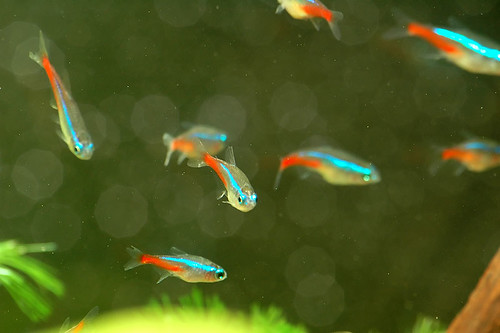
Despite their popularity, Neon Tetras can be somewhat delicate, with several health conditions requiring vigilant observation from aquarists. Perhaps the most notorious is “Neon Tetra Disease,” a parasitic condition caused by Pleistophora hyphessobryconis that manifests as faded coloration, irregular swimming, and distinctive white patches that spread along the body.
Unfortunately, there is no effective treatment once symptoms appear, making quarantine of new specimens essential for prevention. Ich (white spot disease) presents as salt-like spots on fins and body, requiring prompt temperature adjustment and medication. Fin rot, typically resulting from poor water quality, appears as deteriorating, sometimes bloody fin edges that can be addressed with improved maintenance and antibacterial treatments when necessary.
Neon Tetras are also particularly sensitive to sudden water parameter changes, exhibiting stress through rapid breathing, color loss, and erratic swimming, emphasizing the importance of regular, small water changes rather than infrequent large ones.
Maintaining Healthy Guppies: Disease Prevention and Treatment
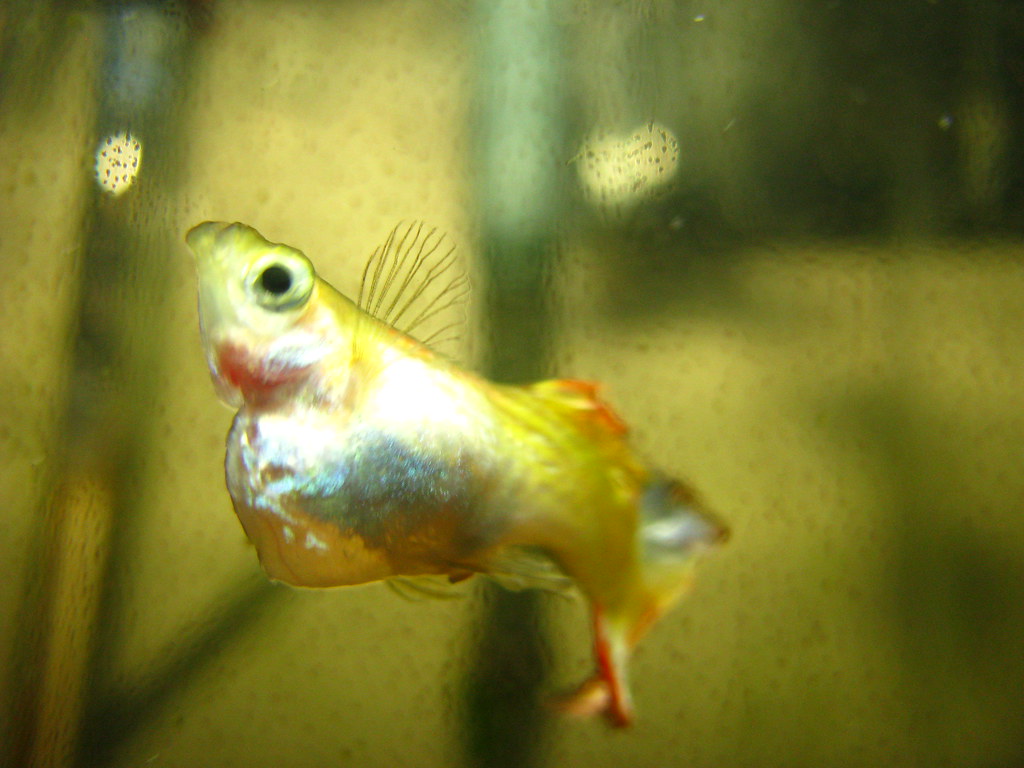
While guppies are generally hardier than Neon Tetras, they face their own set of health challenges that attentive aquarists should monitor. Selective breeding for ornamental traits has sometimes reduced their natural resilience, making proper care essential. Common ailments include the bacterial infection columnaris (often appearing as white patches or “saddles” on the back), velvet disease (causing a dusty, golden appearance on the skin), and the ubiquitous ich.
Female guppies specifically may experience complications during birthing, sometimes visible as difficulty expelling fry or a prolapsed birth canal requiring separate accommodation and possibly antibiotic treatment. Fin rot affects guppies frequently, particularly males with their elaborate finnage, usually indicating compromised water quality that requires immediate improvement through partial water changes and better filtration.
Preventative measures include maintaining stable water parameters, avoiding overcrowding, quarantining new arrivals for 2-3 weeks, and providing a varied, nutritious diet to support immune function—practices that significantly reduce disease incidence in these otherwise resilient fish.
Compatible Tank Mates for Community Aquariums
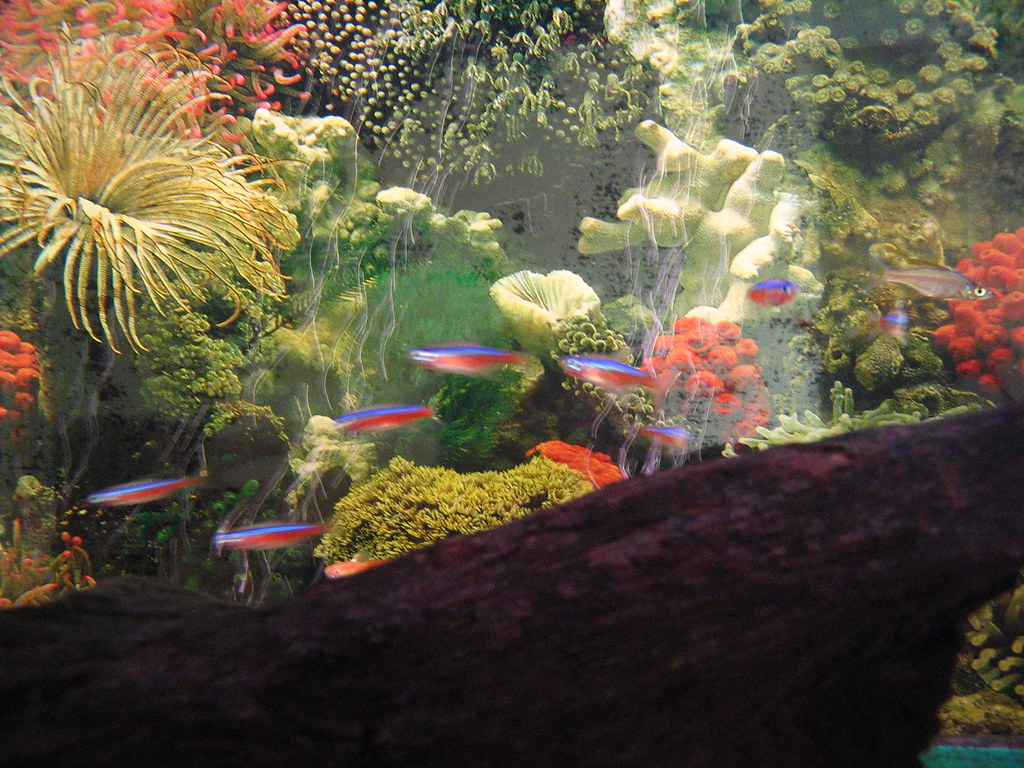
Both Neon Tetras and guppies shine in community tank settings when paired with appropriate companions that match their peaceful temperaments and water parameter requirements. Ideal tank mates include other small, non-aggressive species such as Corydoras catfish, which occupy the bottom levels while tetras and guppies primarily inhabit middle to upper water columns, creating a balanced display.
Small rasboras, peaceful barbs like cherry barbs, and other tetra species like Black Neon Tetras or Ember Tetras make excellent companions that contribute to the visual diversity without competing aggressively for resources. Dwarf gouramis can add interesting behaviors and colors to the upper levels, though male gouramis occasionally show territorial behavior during breeding.
For maintenance assistance, consider peaceful invertebrates like Amano shrimp or Nerite snails, which help control algae without bothering the fish. Species to avoid include larger or fin-nipping fish such as tiger barbs, most cichlids, and larger gouramis, which may harass, injure, or consume these smaller community favorites.
Creating Natural Behaviors Through Proper Aquascaping
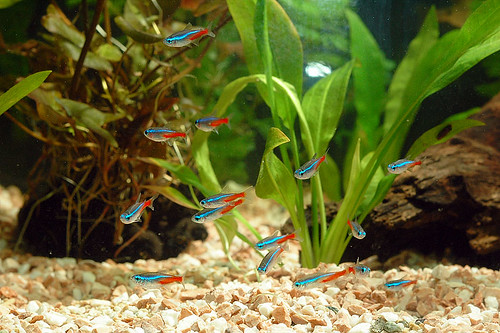
Thoughtful aquascaping goes beyond aesthetics, profoundly influencing how Neon Tetras and guppies behave, display their colors, and interact with their environment.


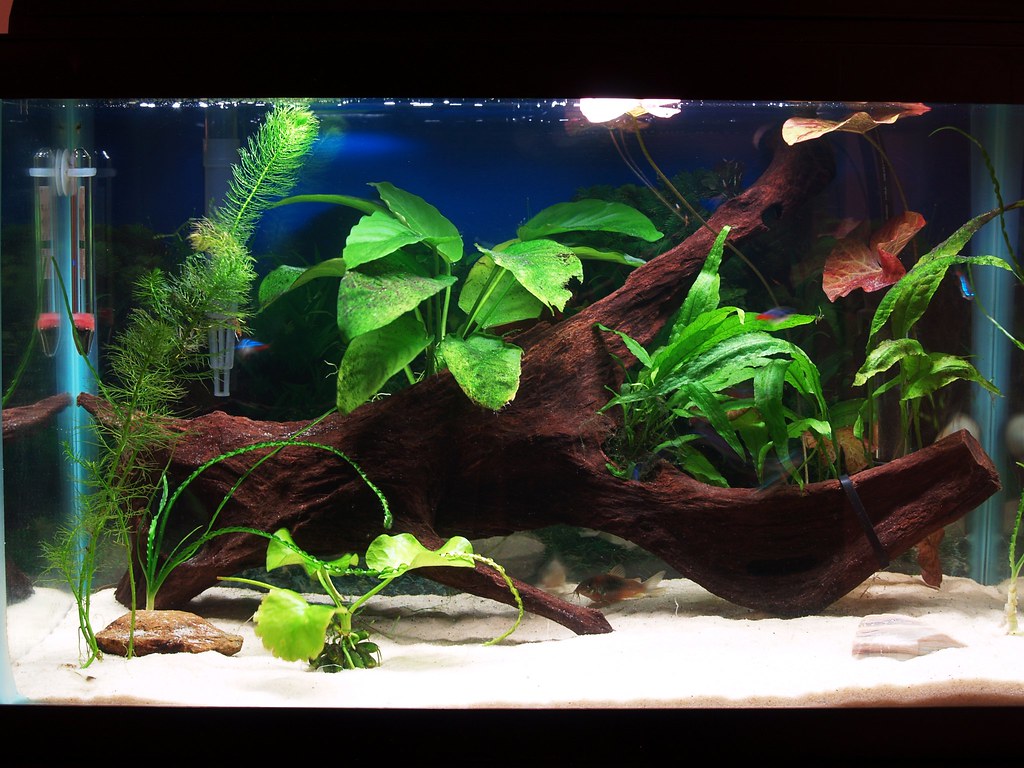
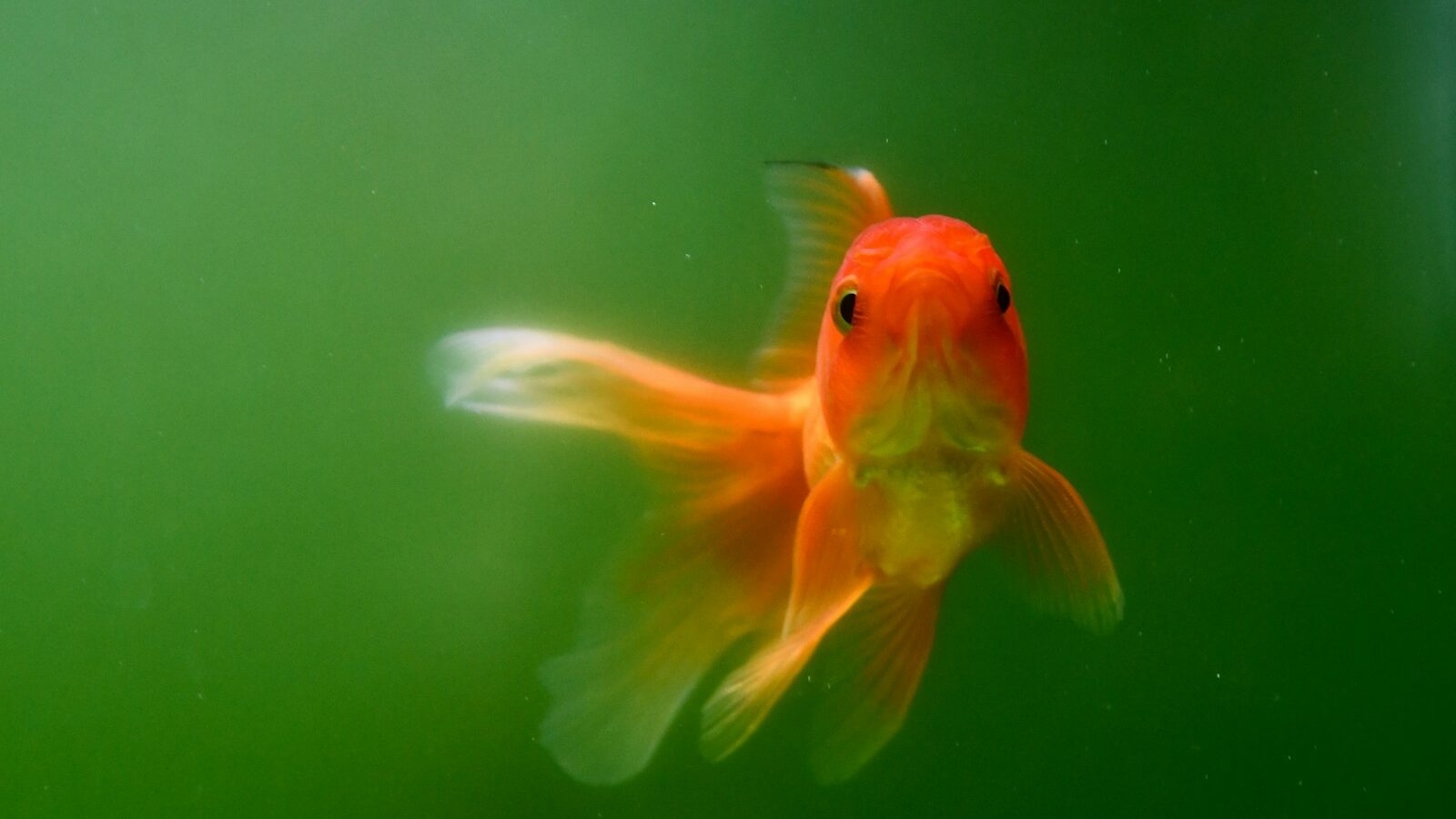
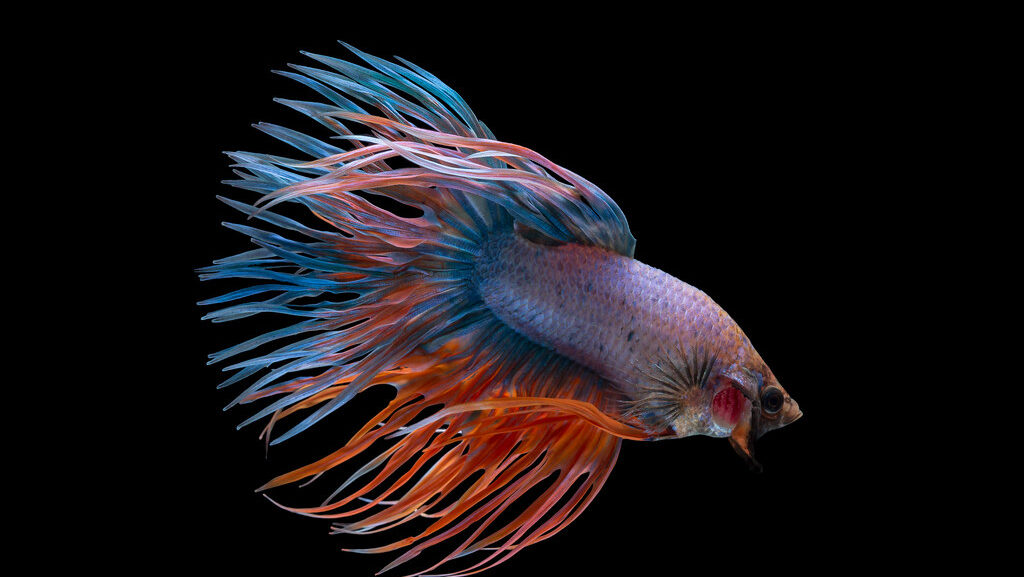
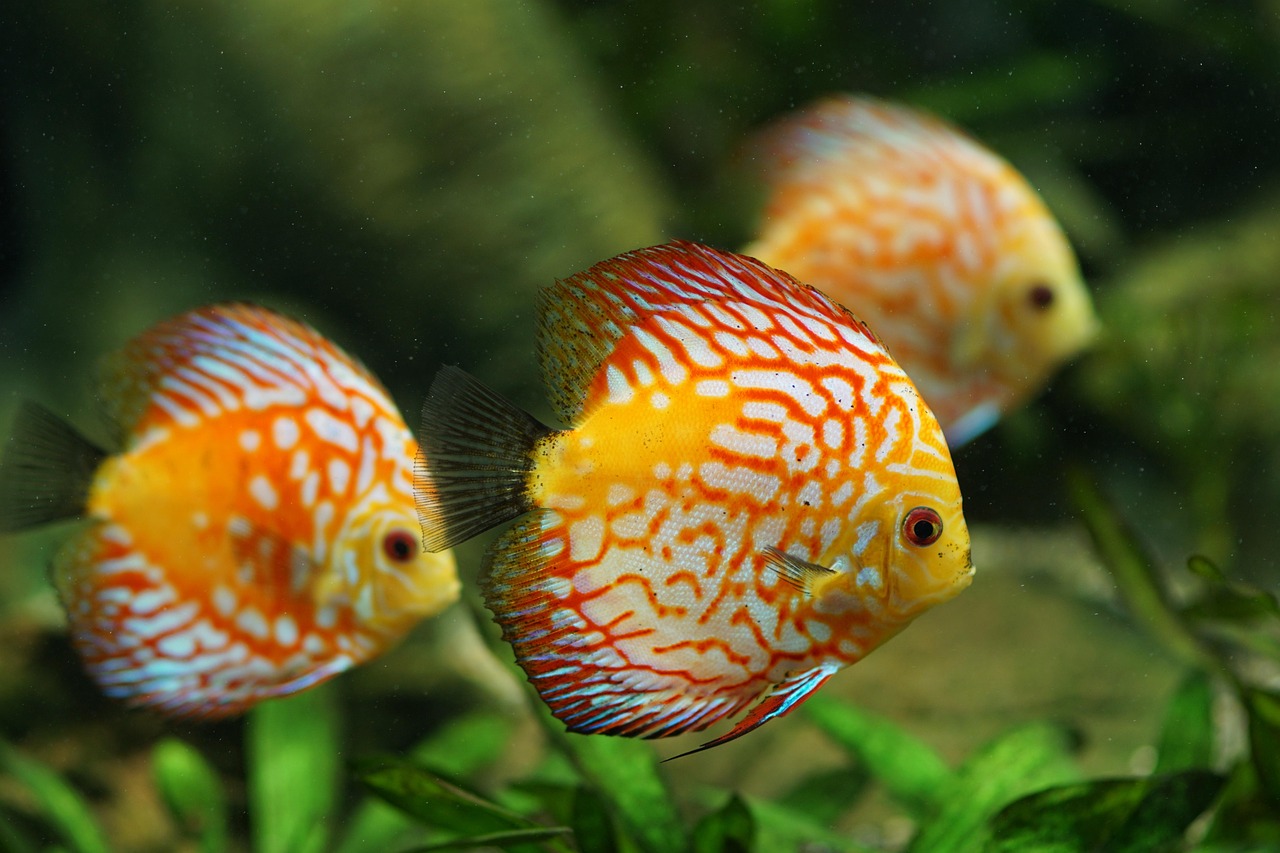
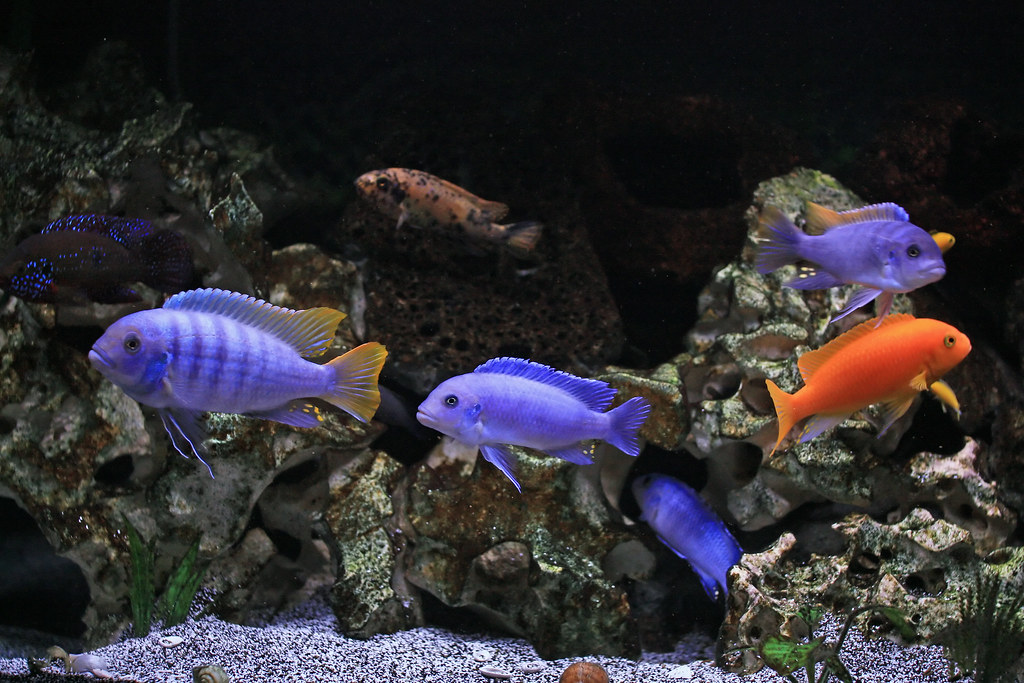
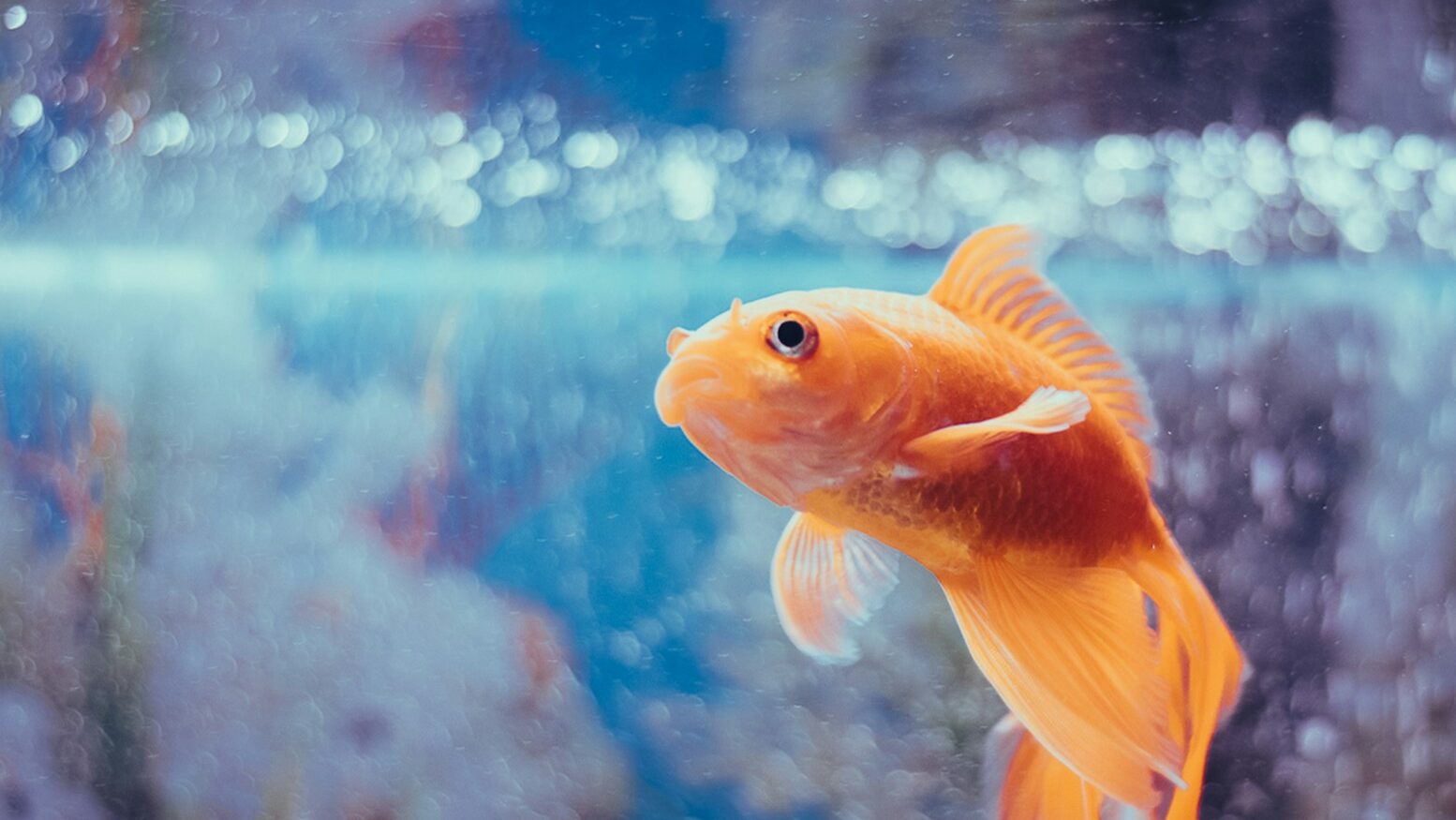
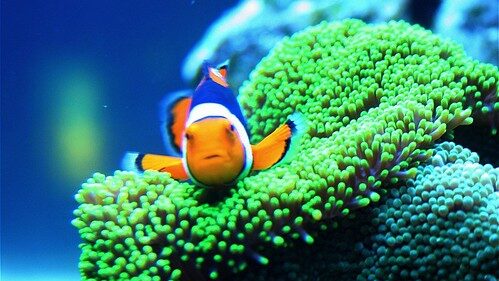
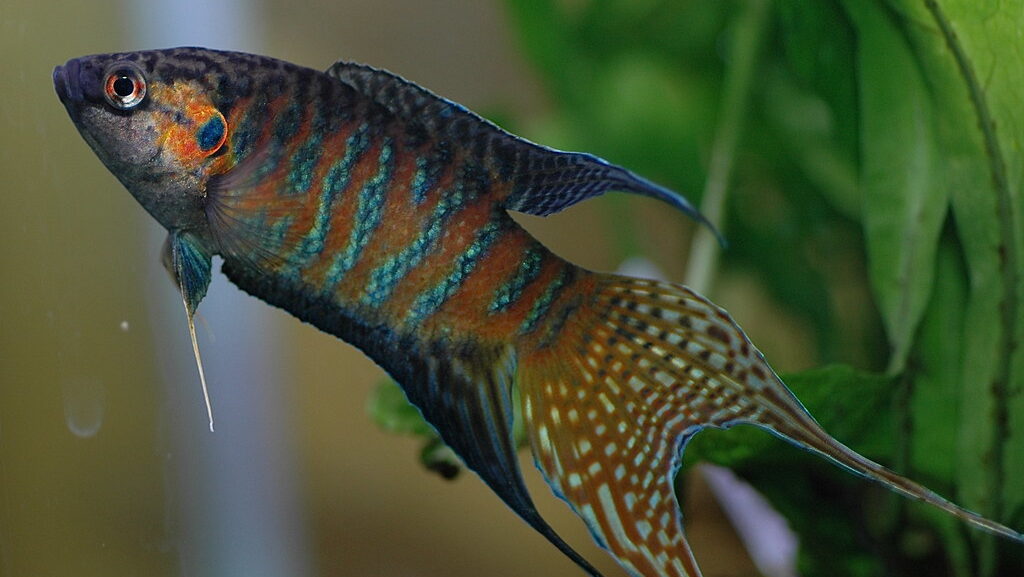
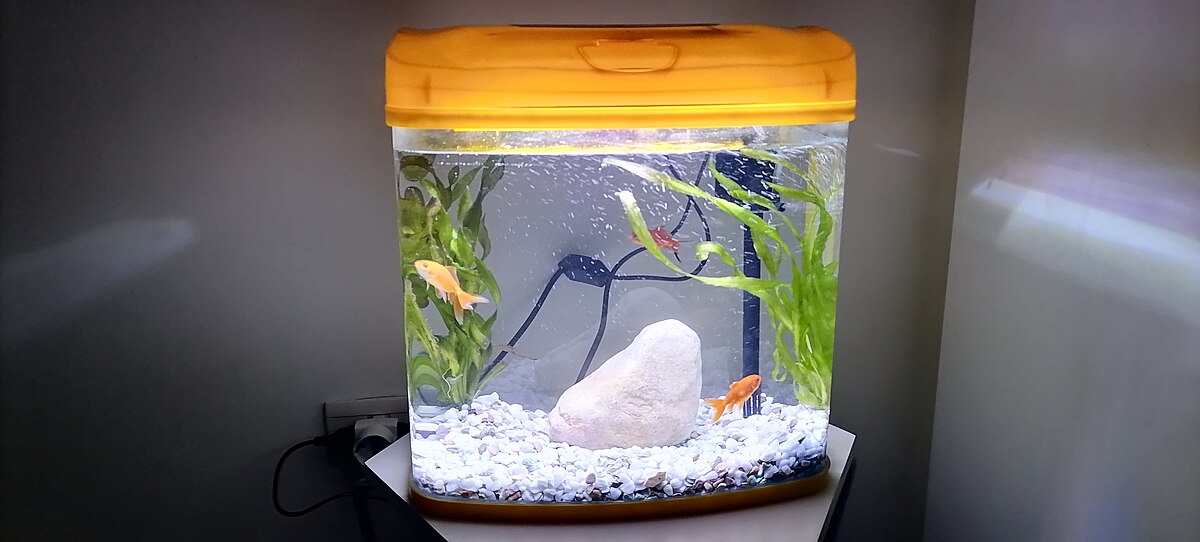



Leave a Reply